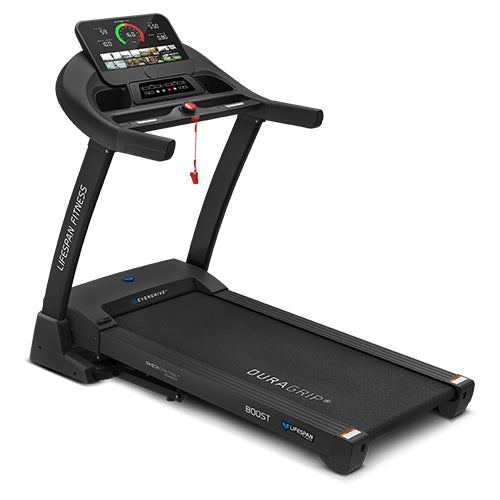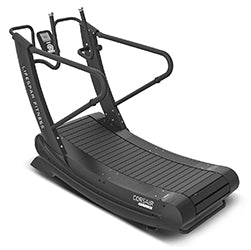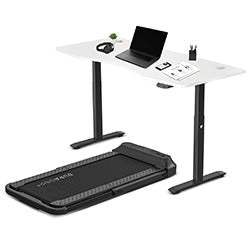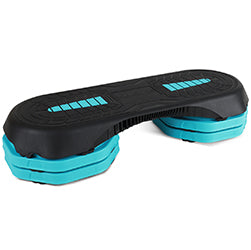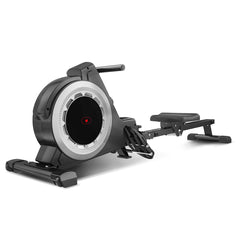
Fitness rowing machines are a unique tool for creating a true full-body workout. Lifespan Fitness offers a wide selection of row machines for every type of user, including magnetic resistance, air resistance and water resistance models, as well as hybrid options. We take the time to build high-quality machines that will last, so you can keep enjoying your workout for years to come.
Rowers are an increasingly popular fitness option for their ability to work the entire body while remaining low-impact and easy on the joints. This makes them perfect for creating a challenging cardio workout that’s accessible to those in recovery or who have limited mobility.
Use your rower a few times a week to build strength, improve cardio health and burn calories effectively.
Rowing Machines FAQ
Rowing machines are ideal for anyone looking to achieve their fitness goals in a compact space. They offer an efficient and accessible way to achieve full-body conditioning, improving endurance, toning muscles and getting your heart racing. Click here to learn more about how to use a rowing machine.
Rowing machines are a powerful tool for calorie burning. This is because they work more muscles than a traditional cardio machine, creating a higher energy expenditure and greater weight loss results. Rowing boosts metabolism and combines strength training with cardio, helping users shed fat efficiently.
Rowing machines work more than 80% of your muscles, engaging your legs, core, back and arms in one fluid motion. You can also modify your stroke to focus on different areas depending on your fitness goals.
Owning a row machine gives you access to low-impact, high-efficiency cardio and strength training right at home. It improves heart health, posture and tones your entire body. Plus, it’s gentle on the joints, making it ideal for all fitness levels.
Magnetic rowers, air rowers and water rowers are the three main types of rowing machines, with hybrid models also being available. Choose a magnetic rower for an experience that’s closest to a traditional cardio machine, or air & water rowers for a more fluid and dynamic workout that mimics real water rowing. Click here to read more about which one is right for you.
Shop In Store
Head over to our showrooms and authorised dealers to view and try a wide range of our current Lifespan Fitness Rowing Machines. Our friendly staff will be able to run you through different features and will help you find the best Rowing Machine for your training needs. See our Locations page for more details.
Australia Wide Shipping
We provide Australia-wide Shipping and different delivery services to suit your needs. Our Rowing Machine range can be delivered to your front door with easy, 3-step assembly instructions. We also provide installation services at an additional cost for most areas. For more information, please see our Delivery & Pick Up Information Page.
Flexible Payment Options
We offer a wide range of payment options online and in-store. Need a payment plan? We also offer payment plans from providers ZipPay or AfterPay. Get your product first and pay later!
Need help choosing? Our team are here to help!
Feel free to call us on 1300 169 600 or chat with our team on the Online Chat. You can also send us an email on info@lifespanfitness.com.au.
You may also find your questions answered on our FAQ's.




